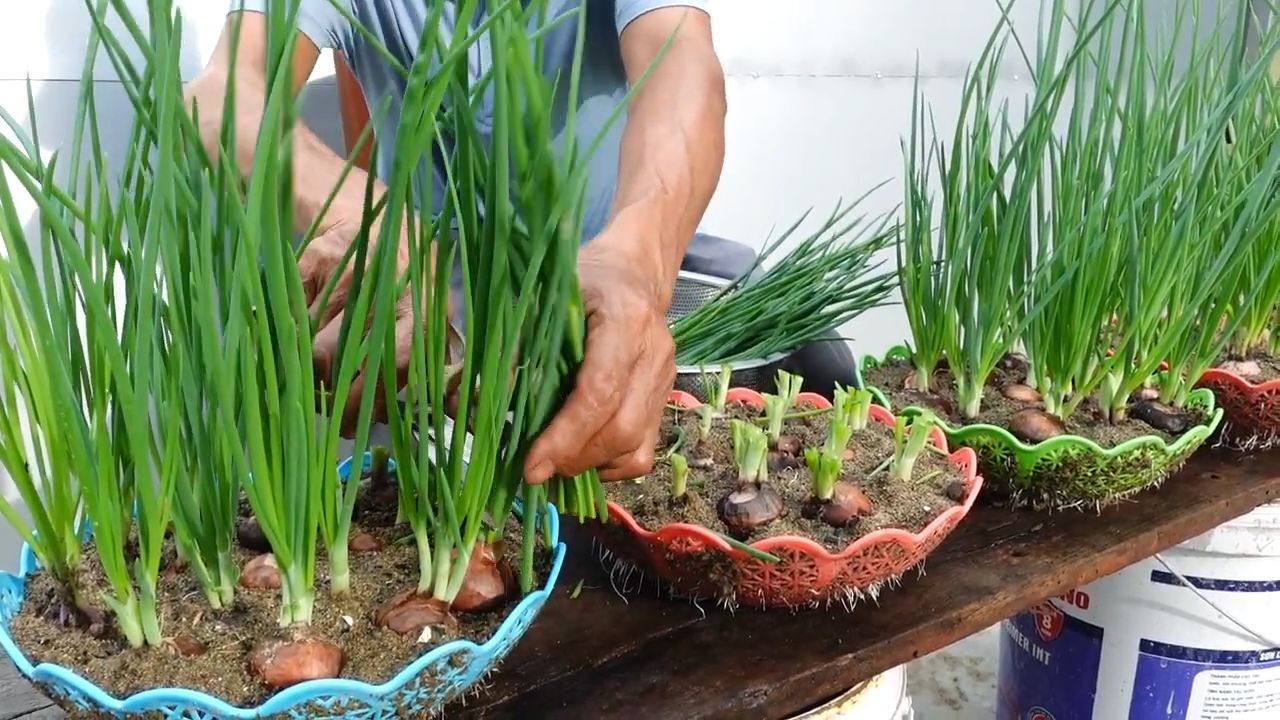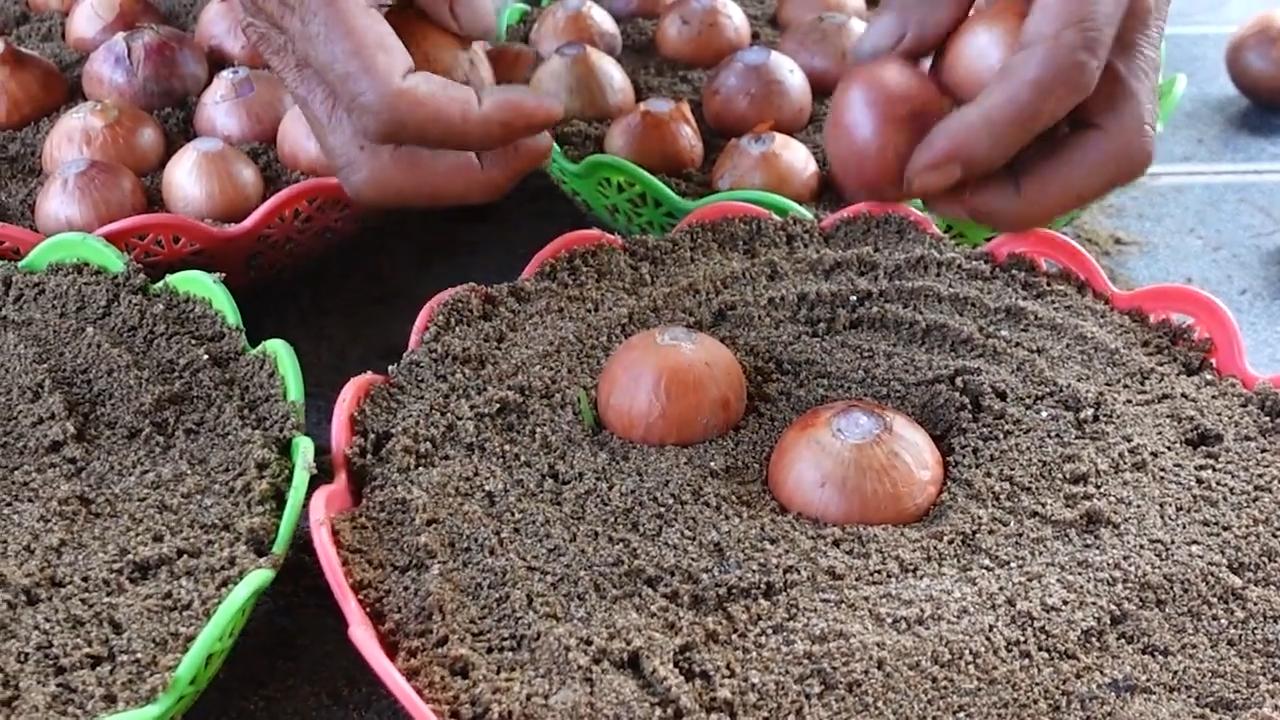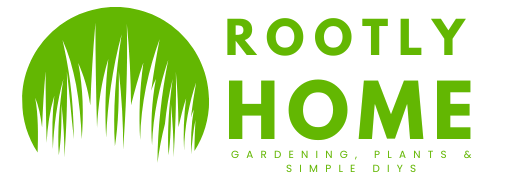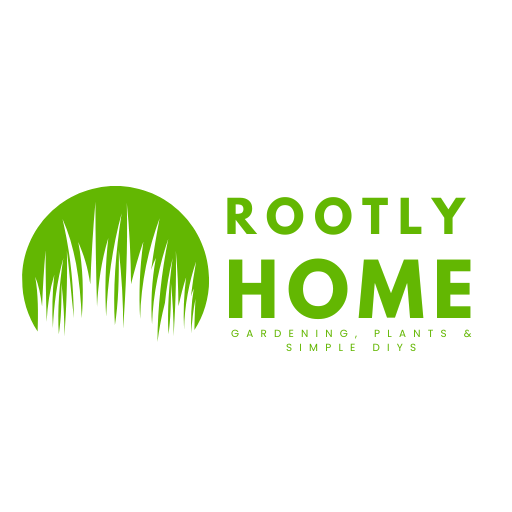Growing onions can seem daunting, but trust me, with a few simple tricks and a little DIY magic, you can be harvesting your own flavorful bulbs in no time! Forget those bland, store-bought onions – imagine the satisfaction of pulling fresh, pungent onions straight from your own backyard.
Onions have a rich history, dating back thousands of years. Ancient Egyptians revered them, even using them as offerings to the gods. From humble peasant fare to sophisticated cuisine, onions have been a culinary staple across cultures for centuries. They’re not just delicious; they’re packed with nutrients and have been used medicinally for generations.
But why bother with the effort of growing onions yourself? Well, for starters, the taste is simply unmatched. Homegrown onions have a depth of flavor that you just can’t find in the supermarket. Plus, you have complete control over the growing process, ensuring they’re free from harmful pesticides and chemicals. In this article, I’m going to share some easy-to-follow DIY tips and tricks that will help you cultivate a thriving onion patch, even if you’re a complete beginner. Get ready to unlock the secrets to a bountiful onion harvest!

Growing Onions Yourself: A Comprehensive DIY Guide for Beginners
Hello garden friends! I love using fresh ingredients straight from my garden, and onions are no exception. They are incredibly versatile and relatively easy to grow, even if you don’t have a green thumb. In this article, I’ll show you how to successfully grow your own onions, from sowing to harvesting. Don’t worry, it’s easier than you think!
What you need for growing onions
Before we get started, let’s make sure you have everything you need on hand. Here is a list of the most important things:
- Onion seeds or sets: You can either start with seeds or buy pre-grown onion sets. Sets are easier as they have already sprouted.
- Good soil: Onions prefer loose, well-draining soil with plenty of organic matter.
- Compost or organic fertilizer: To enrich the soil and provide the onions with nutrients.
- Watering can or garden hose: For watering.
- Garden tools: A shovel, a rake, and possibly a dibber.
- Labels and a pen: To mark the different onion varieties (optional, but very helpful!).
- Patience: Onions need time to grow!
Choosing the right onion variety
There are many different onion varieties, and choosing the right one depends on your climate and preferences. Here are some popular options:
- Yellow onions: Versatile and store well.
- Red onions: Milder taste, ideal for salads.
- White onions: Sharp taste, good for Mexican dishes.
- Spring onions (scallions): Harvested young and have a mild taste.
It’s best to check with your local garden center to see which varieties thrive in your region.
Growing onions from seed: Step-by-step guide
Growing onions from seed requires a bit more patience, but it’s a cost-effective way to grow a large quantity of onions.
- Sowing indoors (approx. 8-10 weeks before the last frost): Fill seed trays or small pots with seed starting mix. Sow the seeds about 1 cm deep and cover them lightly with soil. Moisten the soil gently with a spray bottle. Place the trays in a warm, bright place.
- Germination: The seeds usually germinate within 7-14 days. Keep the soil moist, but not wet.
- Pricking out: Once the seedlings are large enough to handle (about 5-7 cm high), prick them out into larger pots. Be careful not to damage the roots.
- Hardening off: Before you plant the onions outdoors, you need to harden them off. Place the pots outdoors for a few hours during the day and bring them back in at night. Extend the time outdoors each day until the onions can stay outside all day.
Planting onions from sets: The easy way
Planting onion sets is the easiest way to get a quick onion harvest.
- Soil preparation: Choose a sunny location with well-draining soil. Loosen the soil with a shovel and remove stones and weeds. Work compost or organic fertilizer into the soil to enrich it.
- Planting: Push the onion sets about 2-3 cm deep into the soil, with a spacing of about 10-15 cm between the onions and 20-30 cm between the rows. Make sure the tip of the onion is just peeking out of the soil.
- Watering: Water the onions thoroughly after planting.
Caring for your onions: Tips for a rich harvest
Proper care is crucial for a successful onion harvest.
- Watering: Onions need regular watering, especially during dry periods. Make sure the soil is moist, but not wet. Avoid waterlogging, as this can lead to rot.
- Weed control: Keep the area around the onions weed-free. Weeds compete with the onions for nutrients and water. You can weed by hand or apply a layer of mulch to suppress weed growth.
- Fertilizing: Fertilize the onions every few weeks with an organic fertilizer or compost tea. This helps them to grow strong.
- Protection from pests and diseases: Onions can be affected by various pests and diseases. Look for signs of infestation and take action if necessary. Some common problems are onion flies, thrips, and fungal diseases. There are various biological pesticides you can use.
Harvest time: When are the onions ready?
The harvest time depends on the onion variety and the growing conditions. As a rule, onions are ready for harvest when the foliage begins to wilt and bend over.
- Harvesting: Gently pull the onions out of the ground. Shake off the soil and let the onions dry for a few days in a dry, airy place.
- Storing: Once the onions are dry, you can cut off the foliage and store the onions in a cool, dry, and dark place. Well-stored onions can last for several months.
Common problems and solutions
Problems can also occur when growing onions. Here are some common problems and how you can solve them:
- Yellow foliage: Can indicate a nutrient deficiency, overwatering, or pest infestation. Check your watering and fertilize the onions if necessary.
- Small onions: Can indicate too little sunlight, poor soil, or planting too densely. Choose a sunny location, improve the soil, and ensure sufficient spacing between the onions.
- Rot: Can be caused by waterlogging or fungal diseases. Ensure good drainage and avoid overwatering.
Additional tips for growing onions
- Crop rotation: Do not grow onions in the same location every year. Rotate your crops to prevent diseases and pests.
- Companion planting: Plant onions together with carrots, chamomile, or marigolds. These plants can repel pests and promote the growth of the onions.
- Onion flowers: If your onions flower, you should remove the flowers as this can affect the development of the bulb.
Growing onions in a pot: Is it possible?
Yes, absolutely! If you don’t have a garden, you can also grow onions in pots or containers. Choose a sufficiently large pot with good drainage and use high-quality potting soil. Be sure to water and fertilize the onions regularly.
Conclusion
I hope this guide has helped you get excited about growing onions.

Conclusion
So, there you have it! Mastering the art of growing onions at home is not only achievable but also incredibly rewarding. This simple DIY trick, focusing on [Growing Onions Simple Tips], unlocks a world of flavor and freshness right in your backyard or even on your balcony. Forget those bland, store-bought onions that lack the vibrant punch of homegrown goodness. With just a little effort and these easy-to-follow steps, you’ll be harvesting a bounty of delicious onions in no time.
But why is this DIY approach a must-try? Beyond the superior taste, growing your own onions offers a level of control you simply can’t get from purchasing them. You know exactly what goes into their growth – no harsh chemicals, no mystery pesticides, just pure, natural goodness. Plus, it’s a fantastic way to reduce your carbon footprint and support sustainable living. Imagine the satisfaction of serving a meal made with ingredients you nurtured from seed to table!
And the possibilities don’t stop there. Feel free to experiment with different onion varieties. Try growing red onions for their beautiful color and slightly sweeter flavor, or perhaps shallots for a more delicate, garlicky taste. You can even explore different planting methods, such as starting onions from sets (small, immature bulbs) or from seeds. Each method offers its own unique advantages and challenges, allowing you to tailor your onion-growing experience to your specific needs and preferences.
Consider companion planting to further enhance your onion crop. Carrots, for example, are known to deter onion flies, while onions can repel carrot root flies. This symbiotic relationship can lead to healthier, more productive plants. You can also experiment with different soil amendments to optimize your soil’s nutrient content and drainage. Adding compost or well-rotted manure can provide your onions with the essential nutrients they need to thrive.
Don’t be afraid to get your hands dirty and embrace the learning process. Gardening is all about experimentation and discovery. There will be successes and setbacks along the way, but each experience will teach you something new about the wonders of nature.
We wholeheartedly encourage you to give this DIY trick a try. It’s a simple, affordable, and incredibly satisfying way to elevate your culinary creations and connect with the natural world. Once you’ve harvested your first crop of homegrown onions, we’re confident you’ll be hooked!
And most importantly, we want to hear about your experience! Share your photos, tips, and stories in the comments below. Let’s create a community of passionate onion growers and inspire others to embark on this rewarding journey. What variety did you grow? What challenges did you face, and how did you overcome them? Your insights can help others succeed and make this DIY trick even more accessible to everyone. So, grab your gardening gloves, get planting, and let’s grow some amazing onions together! Remember, the secret to delicious, homegrown onions is just a few simple tips away.
Frequently Asked Questions (FAQ)
What is the best time of year to plant onions?
The ideal time to plant onions depends on your climate and whether you’re starting from seeds, sets, or transplants. In general, onions are a cool-season crop, so they’re typically planted in early spring or fall. For spring planting, aim to get your onions in the ground as soon as the soil is workable, usually a few weeks before the last expected frost. For fall planting, aim for late summer or early fall, giving the onions enough time to establish themselves before winter. If you live in a region with mild winters, you may be able to grow onions year-round. Check your local gardening resources for specific planting dates in your area.
How much sunlight do onions need?
Onions require at least 6-8 hours of direct sunlight per day to thrive. Choose a planting location that receives plenty of sunlight throughout the day. If you’re growing onions indoors, supplement with grow lights if necessary. Insufficient sunlight can lead to weak, leggy plants and smaller bulbs.
What type of soil is best for growing onions?
Onions prefer well-drained, fertile soil that is rich in organic matter. The ideal soil pH is between 6.0 and 7.0. Before planting, amend your soil with compost, well-rotted manure, or other organic matter to improve its fertility and drainage. Avoid heavy clay soils, as they can become waterlogged and inhibit bulb development. If you have clay soil, consider growing onions in raised beds or containers.
How often should I water my onions?
Onions need consistent moisture, especially during bulb formation. Water deeply and regularly, aiming to keep the soil consistently moist but not waterlogged. Avoid overhead watering, as it can promote fungal diseases. Use a soaker hose or drip irrigation to deliver water directly to the roots. Reduce watering as the onions mature and the tops begin to fall over.
How do I fertilize my onions?
Onions are heavy feeders and benefit from regular fertilization. Apply a balanced fertilizer (e.g., 10-10-10) at planting time, and then side-dress with nitrogen fertilizer every few weeks during the growing season. Avoid over-fertilizing, as this can lead to excessive foliage growth and smaller bulbs. You can also use organic fertilizers, such as compost tea or fish emulsion.
What are some common pests and diseases that affect onions?
Common onion pests include onion flies, thrips, and onion maggots. Diseases include downy mildew, botrytis blight, and white rot. To prevent pests and diseases, practice good sanitation, such as removing plant debris and weeds. Use insecticidal soap or neem oil to control pests, and apply fungicides to prevent or treat diseases. Crop rotation can also help to reduce the buildup of pests and diseases in the soil.
When are onions ready to harvest?
Onions are typically ready to harvest when the tops begin to fall over and turn yellow or brown. This usually occurs about 100-120 days after planting. Once the tops have fallen over, stop watering and allow the bulbs to dry out in the ground for a few days. Then, carefully dig up the onions and cure them in a warm, dry, well-ventilated place for 2-3 weeks. Curing helps to toughen the outer skin and prevent spoilage.
How do I store onions?
Store cured onions in a cool, dry, dark place with good ventilation. Braiding the tops together and hanging them is a traditional storage method. You can also store onions in mesh bags or crates. Avoid storing onions near potatoes, as they can cause each other to spoil more quickly. Properly stored onions can last for several months.
Can I grow onions in containers?
Yes, onions can be successfully grown in containers. Choose a container that is at least 12 inches deep and wide to allow for adequate root development. Use a well-draining potting mix and provide plenty of sunlight and water. Container-grown onions may require more frequent fertilization than those grown in the ground.
What are onion sets?
Onion sets are small, immature onion bulbs that are grown from seed the previous year. They are a convenient way to start onions, as they are easier to handle than seeds and mature more quickly. Plant onion sets in early spring, spacing them a few inches apart.
Can I grow onions from scraps?
While you can’t regrow a whole onion from a scrap, you can regrow the green onion tops. Place the white root end of a green onion in a glass of water, ensuring the roots are submerged. Place the glass in a sunny location and change the water every few days. The green tops will regrow, and you can harvest them as needed.





Leave a Comment